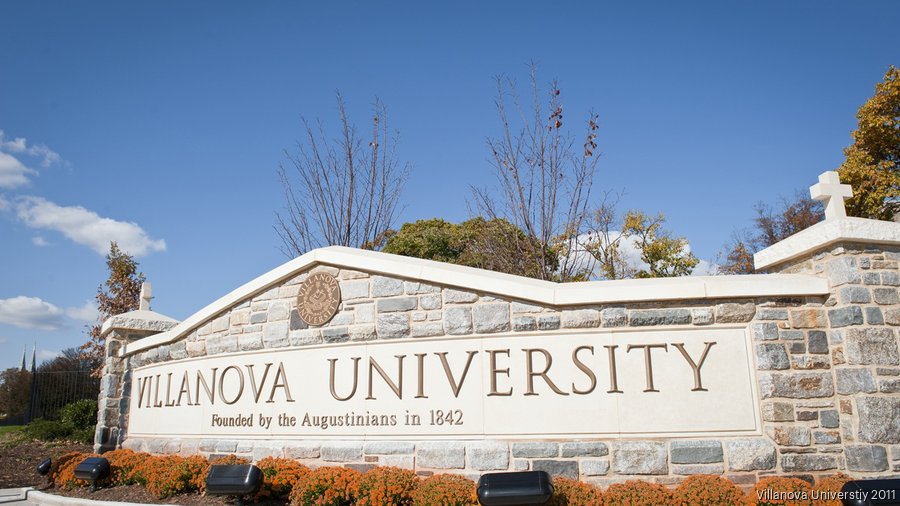A new tool aimed at helping the nation’s major cable companies realize significant energy — and cost — savings is in the works at Villanova University.
The Exton-based Society of Cable Telecommunications Engineers (SCTE) has paired up with graduate students in the university’s sustainable engineering program to develop a way for cable and telecommunications companies to assess their consumption of energy through their digital supply chain facilities, and provide means to enhance best practices and reduce their carbon footprint.
“There’s large financial and significant economic gain for them to realize energy savings,” said engineering professor Karl Schmidt.
The students’ work stems from SCTE's involvement with the university’s RISE, or Resilient Innovation through Sustainable Engineering, a membership-based industry consortium that connects executives, students and leaders in the engineering sphere to create new approaches and solutions surrounding sustainable engineering.
“We’re bringing the science of sustainable engineering to the business world, helping companies adopt technical solutions to some of the biggest challenges [in] reducing energy and reducing waste,” said Schmidt.
About 70 students participate in RISE, and a small group of about six are two weeks into their efforts to formulate the new tool for SCTE as part of its Energy 2020 initiative. The project was created to help cable companies address the growing expense and impact of energy use.
A SCTE study found the cost to run cable services could rise to up to $4 billion annually by 2020, based on the U.S. Department of Energy’s estimates of energy costs and Cisco Systems’ data usage projections. Energy 2020 is designed to help companies avoid at least $1 billion in energy costs before the close of the decade.
The Villanova graduate students will work on the energy-usage assessment tool throughout the fall semester, conducting research, culling data and meeting once every two weeks with SCTE. Philadelphia-based broadcast giant Comcast — a member of both SCTE and RISE with a strong interest in the project, according to Schmidt — will provide students access to the exact type of facilities they’re working to improve and see first-hand the vast amounts of energy the cable providers’ critical facilities, called headends and hubs, use daily.
“The graduate students are not developing this a vacuum,” said Chris Bastian, senior vice president and chief technology officer for SCTE and its global arm, the International Society of Broadband Experts.
According to the SCTE study, between 73 and 83 percent of cable industry energy usage stems from the process that transfers data along the supply chain, which connects consumers’ homes to outside plants, hubs, headends, and ultimately data centers.
The first phase of the tools’ development will be a spreadsheet that facilities managers will be able to use on their laptops to assess energy usage. After about a year of testing out in the field, Schmidt said the students' work will be converted into an easy-use app for SCTE companies.
“Think of it as an automated checklist building operators or managers would use to identify large areas of energy use and prioritize those areas for potential reductions,” he said.
Using the app's information, telecommunications companies can determine the next step to scale down energy use – such as managing equipments' power use based on peak and off-peak usage times. The tool will also provide best practices for more efficient and renewable energy options moving forward, Schmidt added.
The project will allow all SCTE members to be on the same page and provide a baseline of energy usage, said Bastian.
“It’s the right thing to do as a global partner, and at the same time it yields tangible benefits,” said Bastian. “Companies are interested in doing it because it saves their bottom line.”

